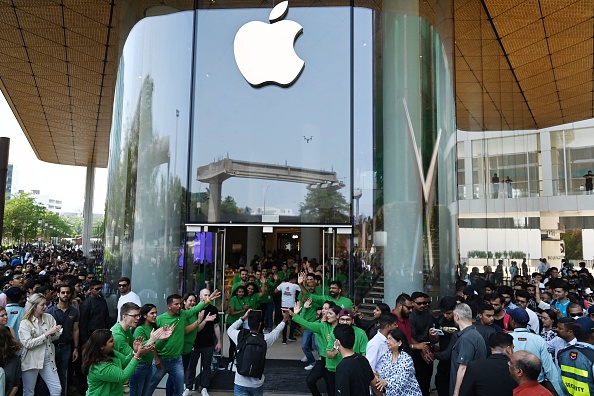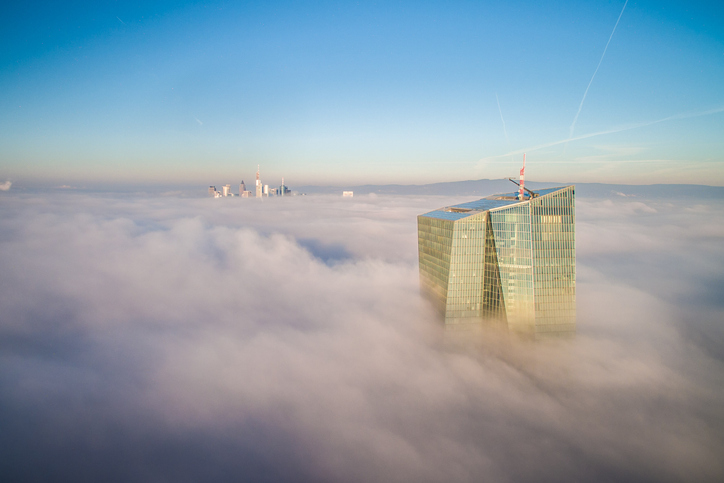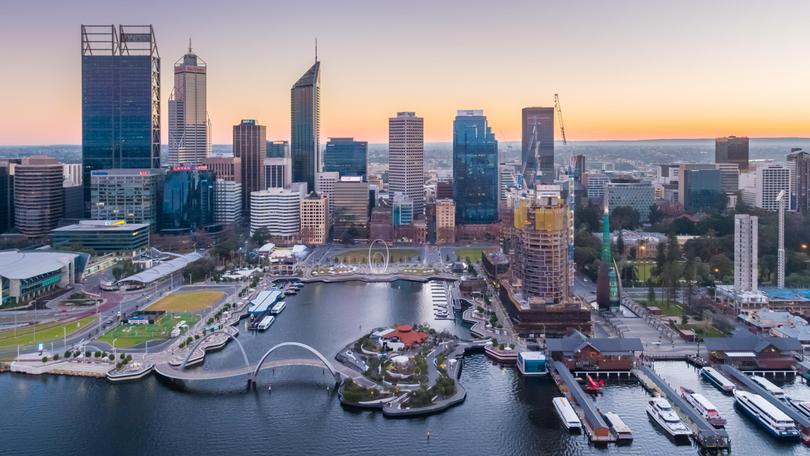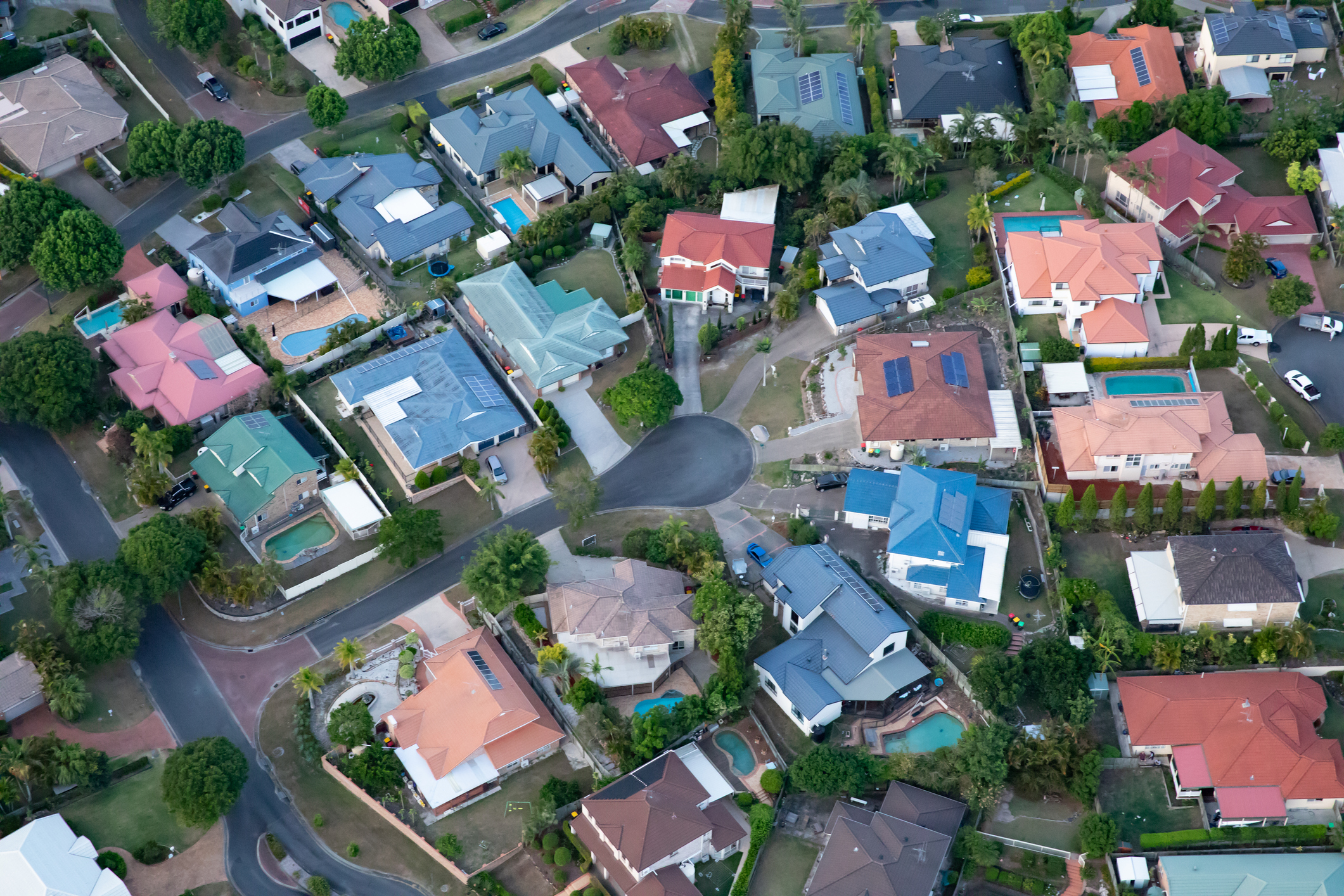Apple Aims to Make a Quarter of the World’s iPhones in India
Supplier Foxconn plans to build more factories and give India a production role once limited mostly to China
Apple and its suppliers aim to build more than 50 million iPhones in India annually within the next two to three years, with additional tens of millions of units planned after that, according to people involved.
If the plans are achieved, India would account for a quarter of global iPhone production and take further share toward the end of the decade. China will remain the largest iPhone producer.
Apple has gradually boosted its reliance on India in recent years despite challenges including rickety infrastructure and restrictive labor rules that often make doing business harder than in China. Among other issues, labor unions retain clout even in business-friendly states and are pushing back on an effort by companies to get permission for 12-hour work days, which Apple suppliers find helpful during crunch periods.
Apple and its suppliers, led by Taiwan-based Foxconn Technology Group, generally believe the initial push into India has gone well and are laying the groundwork for a bigger expansion, say people involved in the supply chain.
Apple is emblematic of a move among companies worried about over dependence on China to move parts of their supply chains elsewhere, most often to Southeast Asia and South Asia. Diplomatic efforts by the U.S. and its allies to block Beijing’s access to advanced technology and strengthen ties with New Delhi have accelerated the trend.
The first phase of a Foxconn plant under construction in the southern state of Karnataka is expected to start operating in April, and the plant aims to make 20 million mobile handsets annually, mainly iPhones, within the next two to three years, said people with direct knowledge of the construction plans.
A further iPhone-producing mega plant is on Foxconn’s drawing board with capacity similar to the one in Karnataka, although the plans are still in a nascent stage, the people said.
Apple has also chosen India as its site for a manufacturing stage for lower-end iPhones to be sold in 2025. In this stage, known as new product introduction, Apple’s teams work with contractors in translating product blueprints and prototypes into a detailed manufacturing plan. Until now, that work was done only in China.
Combined with plans for expanded production at an existing Foxconn plant near Chennai and at another existing plant recently bought by Indian conglomerate Tata, these developments signify that Apple intends to have the capacity to make at least 50 million to 60 million iPhones in India annually within two to three years, said people involved in the planning.
Annual capacity could grow by tens of millions of units after that.
Foxconn indicated its commitment to India by announcing on Nov. 27 that it was investing the equivalent of more than $1.5 billion in the country, money that people familiar with the matter said would include production for Apple. The announcement didn’t mention the iPhone or name specific locations.
Global iPhone shipments last year totalled more than 220 million, according to research firm Counterpoint, a number that has remained steady in recent years. Because almost all iPhones are made in either China or India, China will continue to account for well over half of iPhone output.
Apple has faced challenges in China this year beyond trade tensions with the U.S., including the Chinese government instructing some officials not to use iPhones at work.
“India’s trust factor is very high,” said Ashwini Vaishnaw, India’s information technology minister.
This year, for the first time, India-made iPhones were introduced on the first day of global sales of the latest model, eliminating the lag with China-made phones.
Supply-chain executives say hourly wages are now significantly lower in India than in China, but other costs such as transport remain higher, and labor unions sometimes resist rule changes sought by manufacturers.
In May, the chief minister of Tamil Nadu state, where Foxconn’s flagship Chennai plant is located, said he would withdraw regulations allowing a 12-hour workday, weeks after the state passed an amendment authorising the longer hours. The chief minister, M.K. Stalin, attributed the decision to opposition from labor activists.
Karnataka state has stood by a decision earlier this year to extend the workday to 12 hours, up from a previous limit of nine hours, though companies must seek approval to do so. A state labor official, G. Manjunath, said new rules also allow companies to employ women on overnight shifts without seeking government approval.
After years of battling local-content rules and other red tape, Apple this year opened its first retail stores in India. Abhilash Kumar, an India-based analyst at TechInsights, said the top-of-the-line iPhone 15 Pro Max was selling well in the country, though it costs about $700 more than in the U.S.
Apple is also making progress in India toward building a network of core suppliers, long a strength of Chinese manufacturing. Officials said this week that Japanese battery maker TDK would build a new factory in India’s Haryana state to manufacture battery cells to power Indian-made iPhones. A TDK spokesman declined to comment.
The moves don’t mean Apple and its suppliers are leaving China. Apple Chief Executive Tim Cook has traveled to China twice this year, stressing the country’s importance as a production hub and consumer market. He visited Luxshare, a China-based assembler that is taking a bigger role in the China portion of iPhone assembly.
On social media, Apple has assured Chinese consumers that iPhones selling in authorised channels are made in China. At an industry event in Beijing that Chinese premier Li Qiang attended in late November, Apple’s booth stressed the company’s business with Chinese suppliers.
Foxconn Chairman Young Liu said in November that China would continue to account for the largest share of Foxconn’s capital investment next year.
Liu has visited India at least three times in the past year and a half, meeting Prime Minister Narendra Modi and other officials. People involved in the planning said Modi’s home state of Gujarat in the west was one possible site of a future Foxconn plant. Meanwhile, the company has other projects in the works in the southern half of the country for electronic components and a plant likely to focus on making AirPods for Apple.
The plant in Karnataka state is under construction on 300 acres of land near the airport in Bengaluru, a southern city that is considered India’s tech hub. Officials involved in the planning said Foxconn has secured approval to invest nearly $1 billion in the plant and is seeking the go-ahead to put in an additional $600 million or so.
Combined with other projects, Foxconn’s investments in the state are likely to reach around $2.7 billion, they said.
Some iPhones are also made at a plant near Bengaluru that India’s Tata Electronics agreed in October to buy from Taiwan’s Wistron. Tata Group is the first local company to take on manufacturing iPhones.
“Apple has created an additional spoke in its India strategy by roping in the country’s largest business group—Tata—to be a part of its manufacturing system in addition to Foxconn,” said India’s junior information-technology minister, Rajeev Chandrasekhar.
—Shan Li in New Delhi and Selina Cheng in Hong Kong contributed to this article.
 Copyright 2020, Dow Jones & Company, Inc. All Rights Reserved Worldwide. LEARN MORE
Copyright 2020, Dow Jones & Company, Inc. All Rights Reserved Worldwide. LEARN MORE
This stylish family home combines a classic palette and finishes with a flexible floorplan
Just 55 minutes from Sydney, make this your creative getaway located in the majestic Hawkesbury region.
Money worries are having a cascading effect on stress levels, conflict and even the rate of ageing
Worrying about the cost of living is causing accelerated ageing, household arguments and creating significant stress, according to new research. More than half of Australians say they have experienced personal setbacks due to financial strain over the past year. Almost 20 percent say that have suffered a stress-related illness, 33 percent have lost sleep and almost one in five are seeing signs of early ageing.
Household hostility is also rising, with 19 percent of Australians admitting they have argued with their partners about money, and a further one in 10 have argued with family and friends.
The Finder survey of 1,070 Australians reveals women are bearing the brunt of financial stress, with 62 percent reporting they have worried about money compared to 42 percent of men.
Younger Australians are struggling the most, with almost 7 in 10 Gen Z respondents reporting financial strain compared to 58 percent of Gen Xers and 24 percent of baby boomers.
The impact of cost-of-living pressures among different age groups and income levels is reflected in new data from the Australian Bureau of Statistics (ABS). The selected living cost indexes show employee households are under more strain from inflation, with the CPI measure for this population group at 6.5 percent today compared to the official overall CPI figure of just 3.6 percent.
The discrepancy is due to higher mortgage interest payments – which make up a higher proportion of expenditure for employee households — as well as an increase in primary and secondary school fees, and the indexation of tertiary education fees at the start of the year. The official CPI does not include mortgage payments, so the living cost indexes provide a more accurate picture of how rising interest rates are impacting households with mortgages today.
The inflation rate is much lower for older Australians, who have often paid off their mortgages. The inflation rate on living expenses for age pensioner households is below the official CPI level at 3.3 percent, and it’s only slightly higher at 3.4 percent for self-funded retirees.
Graham Cooke, head of consumer research at Finder, said that despite cooling inflation, Australians were still under significant financial pressure.
“This can be seen in Finder’s Cost of Living Pressure Gauge, which has been hovering in the extreme range for the past year and a half,” Mr Cooke said. The gauge returned a reading of 78 percent in March this year compared to 47 percent in March 2021, when inflation was 1.1 percent and the Reserve Bank’s official cash rate was 0.1 percent.
Interestingly, Australians’ cash savings are higher today than they were in 2021, likely reflecting stimulus payments received and saved during the pandemic. The Reserve Bank has cited pandemic savings as a factor in keeping mortgage arrears low despite much higher interest rates. The Finder research shows Australians have an average of $37,206 in cash savings today, up from $24,928 two years ago.
“Money concerns can cause problems in your everyday life and snowball quickly if you don’t get them under control,” Mr Cooke said. “Building financial resilience is as vital as ever as costs continue to rise. Pay close attention to where your money is going so you keep impulse spending to a minimum, and don’t overspend.”
Australians appear to be heeding this advice, with the latest ABS retail figures showing seven straight quarters of declining per capita spending. “Per capita volumes show retail turnover after the effects of inflation and population growth have been accounted for,” explained Ben Dorber, ABS head of retail statistics. “Following an unprecedented seven straight falls, it is very clear how much consumers have pulled back on spending in response to cost of living pressures over the past two years.”
Consumers are going to gravitate toward applications powered by the buzzy new technology, analyst Michael Wolf predicts
Just 55 minutes from Sydney, make this your creative getaway located in the majestic Hawkesbury region.























